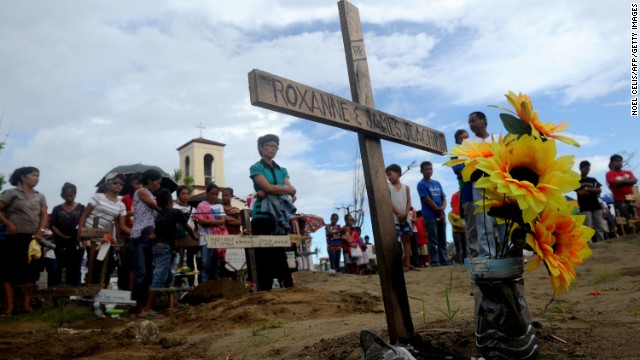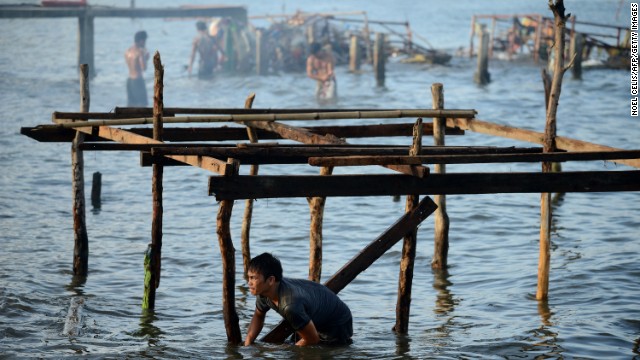Typhoon Haiyan death toll tops 6,000 in the Philippines
December 13, 2013 -- Updated 1606 GMT (0006 HKT)

Relatives of the victims of Tyhpoon Haiyan attend a mass in Palo, Leyte on December 8, 2013.
The new death toll
figure, reported Friday, represents a sharp increase from the
approximately 4,000 deaths confirmed by the government just three weeks
ago.
More than 27,000 people
have been reported injured, the county's National Disaster Risk
Reduction and Management Council reported Friday.
The storm forced 3.9 million people from their homes, the agency said.
 Photos: Typhoon Haiyan
Photos: Typhoon Haiyan
.
The typhoon -- considered
by some to be among the strongest such storms to make landfall --
struck the Philippines on November 8. Its powerful winds and enormous
storm surge smashed buildings, destroyed roads and caused widespread
power and water outages.
The damage was
particularly severe in the Leyte province city of Tacloban, which
suffered a direct hit from the storm and enormous devastation.
